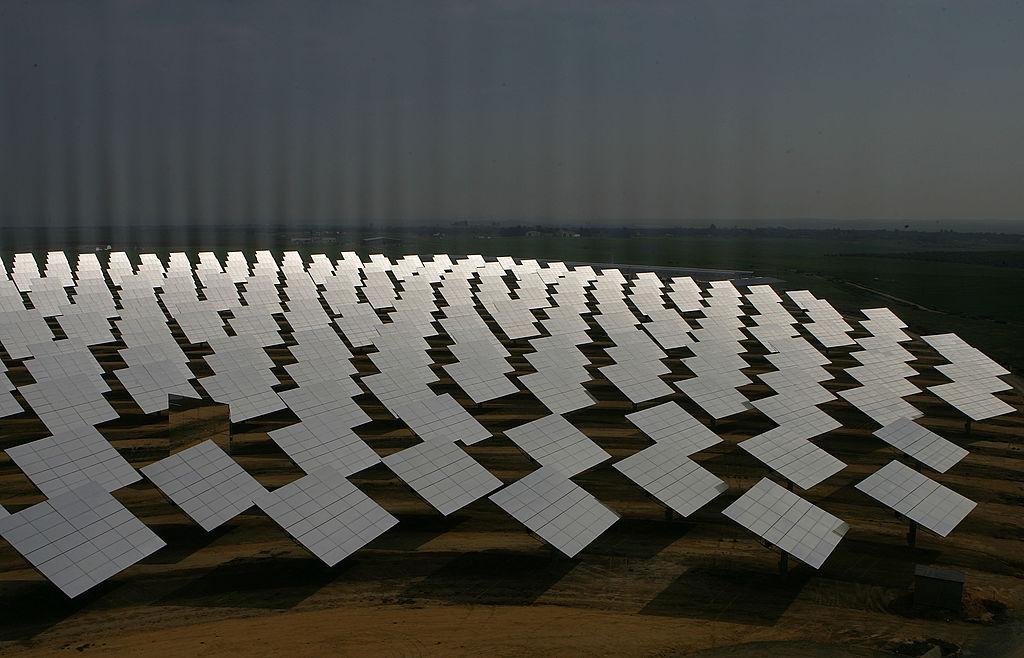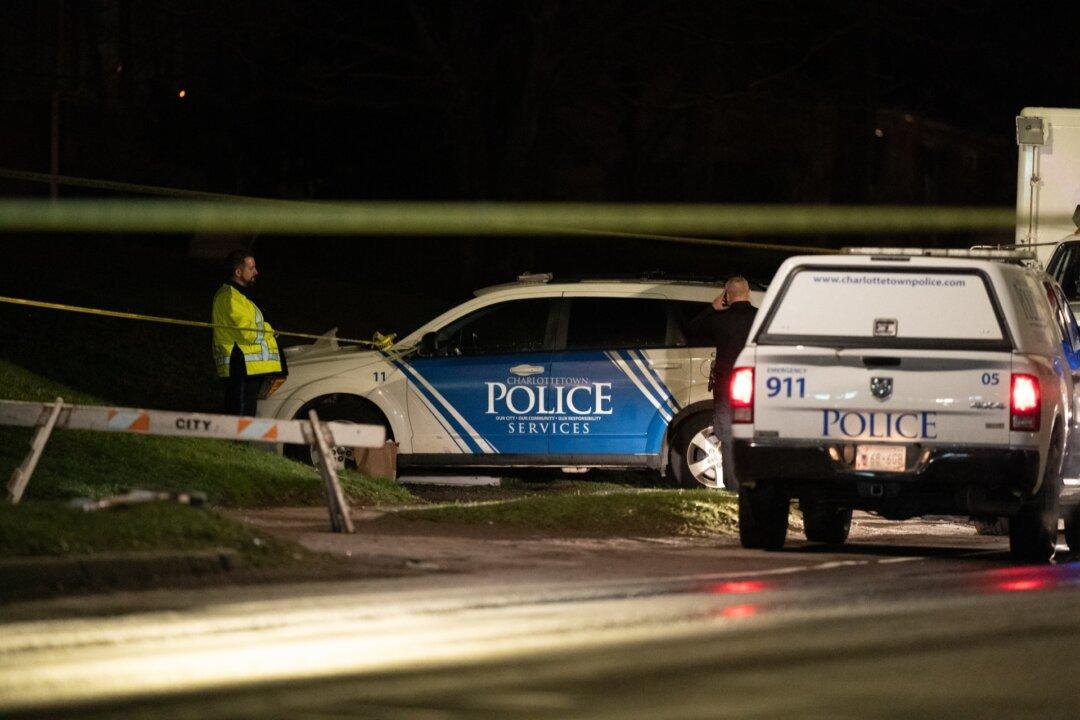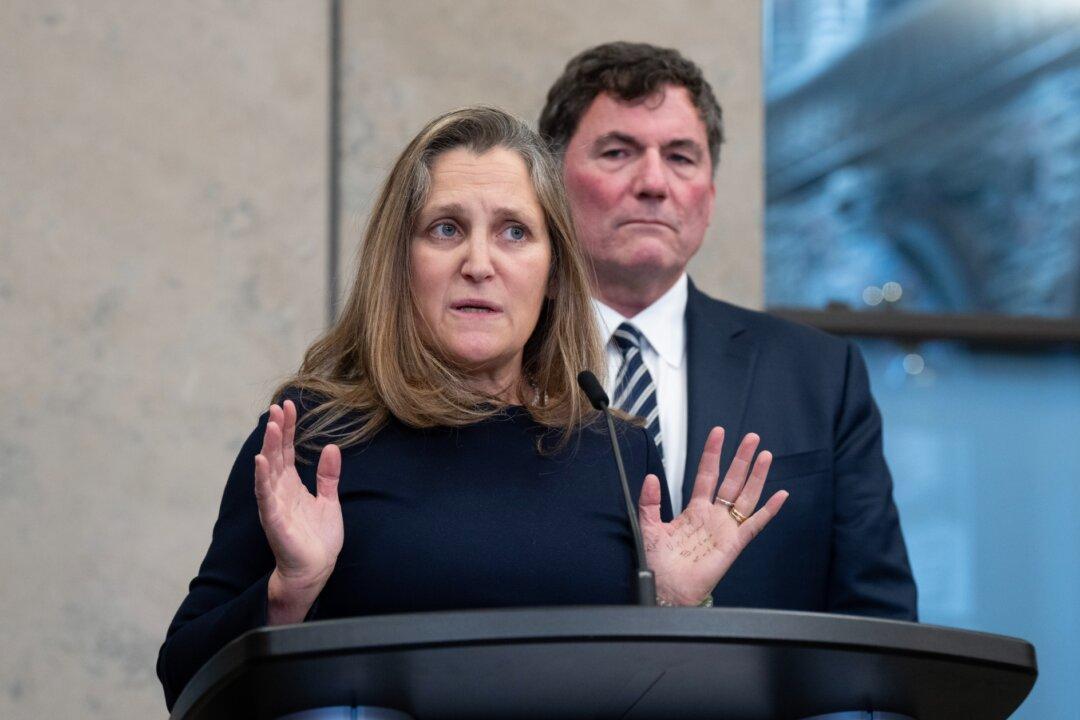Long Island, along with many other locations in the United States, is weighing the benefits of large-scale solar arrays against the negative impacts of cutting down acres of forest to build them.
In 2011, 160 acres of forest were razed to build a solar array near the Brookhaven National Laboratory on Long Island. A new proposal to cut down 350 acres in Shoreham, about 10 miles away, is stirring up the same supporters and detractors.
“Choosing solar over forests anywhere in the world is just plain stupid,” said Dick Amper, of the Long Island Pine Barrens Society (LIPBS). “Solar is very important ... but I’m afraid we’re making false choices when you destroy portions of nature and the environment to accomplish that end.”
Amper voiced the same opinion in relation to the 2011 project. But another local group, the Citizens Campaign for the Environment (CCFE) led by Adrienne Esposito, supported the Brookhaven array.
A 2013 report on that solar array by the U.S. Department of Energy (DOE)—which was a partner in its development—includes community reactions. Amper is quoted as saying his organization “has worked with CCFE for 20 years and has agreed on just about everything, but this project posed the first dramatic rift between our organizations. Though we were always mutually very respectful, Adrienne [Esposito] and I had some challenging phone calls. We ended up agreeing to disagree.”
Some feel the solar energy is worth the sacrifice of trees. Another environmental advocacy group on Long Island, the Sustainability Institute, supports the solar farm proposal. The institute’s director, Neal Lewis, said: “Of all the potential options, there is nothing less impactful on the environment than putting in a solar farm.”
The Shoreham proposal was submitted last month by NextEra Energy and National Grid. It would tap into infrastructure already in place from a decommissioned nuclear power plant. That plant was built in 1984, at a cost of $6 billion, but was shut down by community opposition before it could open.
A NextEra Energy representative said the solar array is still in the proposal stage and that the developers will work closely with the community if the proposal moves ahead.
Cut Down One Tree, Plant Another
The developers would try to mitigate some of the negative impacts of cutting down the trees by planting trees in another location.
In 2011, Amper found similar mitigation agreements were carried through effectively. The developers paid a $2 million mitigation fee, the spending of which was subject to public input. It was ultimately used to purchase land in the Carmans River Watershed for preservation.
Other mitigation factors were built into the 2011 project, including a $75,000 lump sum given to the non-profit organization Long Island Native Plant Initiative, and a non-binding agreement that Brookhaven National Laboratory would preserve 51 acres of its wooded property.
The precise mitigation offers in the recent proposal are not yet clear. The proposal has not yet been released to the public, so Epoch Times could only view a fact sheet distributed by NextEra with limited information. It included the offer to “fund a tree restoration program that will be administered by local stakeholders.”





